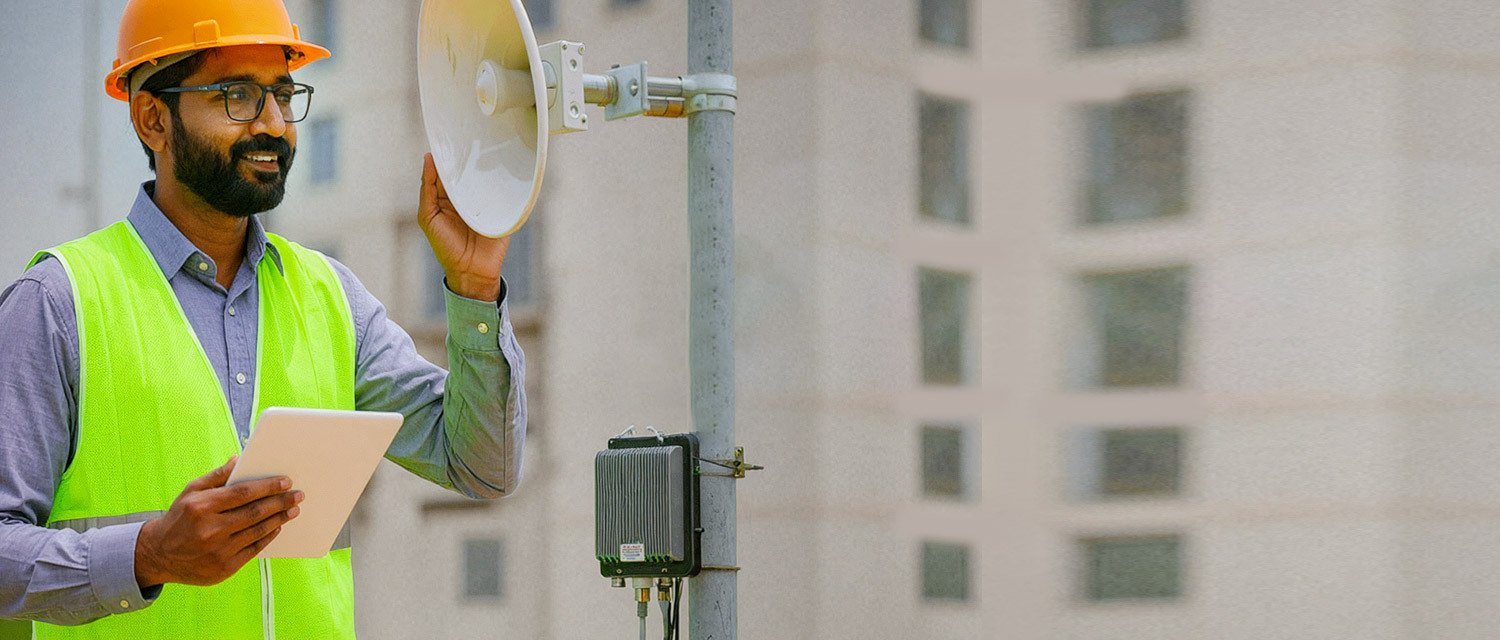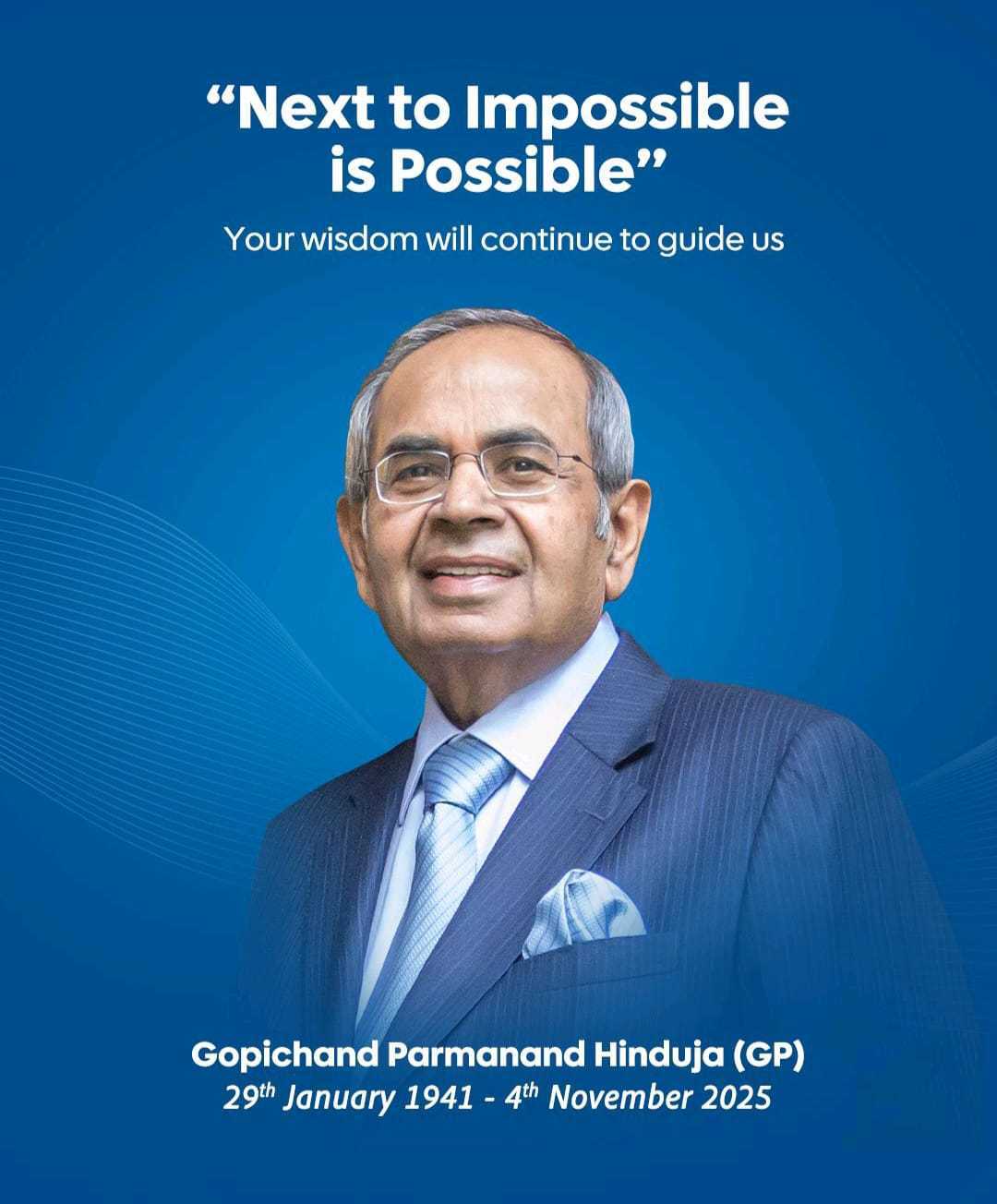

11 Aug, 25
Fibre vs Fixed Wireless vs Satellite: Best Broadband for India in 2025
Broadband is no longer a luxury. It’s an essential part of work, education, healthcare, commerce, and everything in between. Yet, the method of delivery tends to vary. As providers, we must make smart choices. We need to build what works, not just what sounds impressive.
What are the options we have today? There’s fibre, fixed wireless broadband (FWB), and satellite. Each technology brings with it its own strengths and limitations. Geography, user density, climate, and cost, all work in tandem to shape this decision. And while customers may not care how the signal reaches them, they will notice when it doesn't.
Fibre: The First Choice in Urban India

Fibre internet is dependable; speeds are consistent; latency is low. More importantly, it supports high-volume usage. Most large Indian cities already have a fibre backbone. So do several tier-2 towns. Laying fibre in housing colonies, tech parks, and gated societies is a good investment. The returns are stable.
But fibre isn’t always economical. It takes time to deploy. Permissions and trenching are major hurdles. Theft and accidental damage are ongoing concerns. Still, in any location where fibre is already present or can be deployed with minimal delay, it remains the most reliable choice.
Fixed Wireless Broadband: Flexible and Fast to Deploy

FWB uses radio links instead of cables. It works on a line-of-sight principle. A rooftop unit sends and receives data from a central tower. The set-up is faster than fibre; there’s less digging, and the need for fewer permissions. That makes it ideal for towns on the edge of urban zones.
This is especially useful for semi-urban clusters and new real estate developments. Projects can go live in a matter of weeks. But FWB has its limits. Signal drops in bad weather, trees and high-rises can block connectivity, and capacity can reduce when user numbers rise. And while it may not be as reliable as fibre, FWB fills a crucial gap. It helps ISPs roll out their offerings quicker, and at a lower cost.
Satellite: Coverage Without Cables

Satellite internet is gaining ground, especially with the rollout of Low Earth Orbit (LEO) networks. India’s topography makes satellite a strong candidate for regions where other technologies fail. Think Ladakh, northeast borders, or islands and desert districts.
The setup is relatively simple. A terminal, a modem and a clear view of the sky. That’s it. It may seem like the simplest solution, but the cost remains high. Also, while speeds have improved, data limits are still a concern. And despite latency being better than before, real-time applications still suffer. Moreover, rain and clouds can interfere with the signal. Customer support and local servicing are also harder to manage.
The fact remains, satellite isn’t ready to replace terrestrial broadband. However, it plays an important role in areas beyond fibre and FWB’s reach.
What’s the Best Bet for 2025?

No single answer fits every market. However, fibre should be the default in cities. The economics support it, and so does customer expectations. FWB is ideal for growth corridors, whether it’s new townships, industrial parks, or underserved areas near fibre networks. Satellite will always be a fallback for regions beyond the reach of both. Its value lies in accessibility, not speed.
Smart providers will combine all three. They will assess local conditions, user profiles and long-term costs. And they will invest in what works, not just what’s trending. The future is not about one winner. It is about picking the right solution for each location. That’s how we stay relevant.














